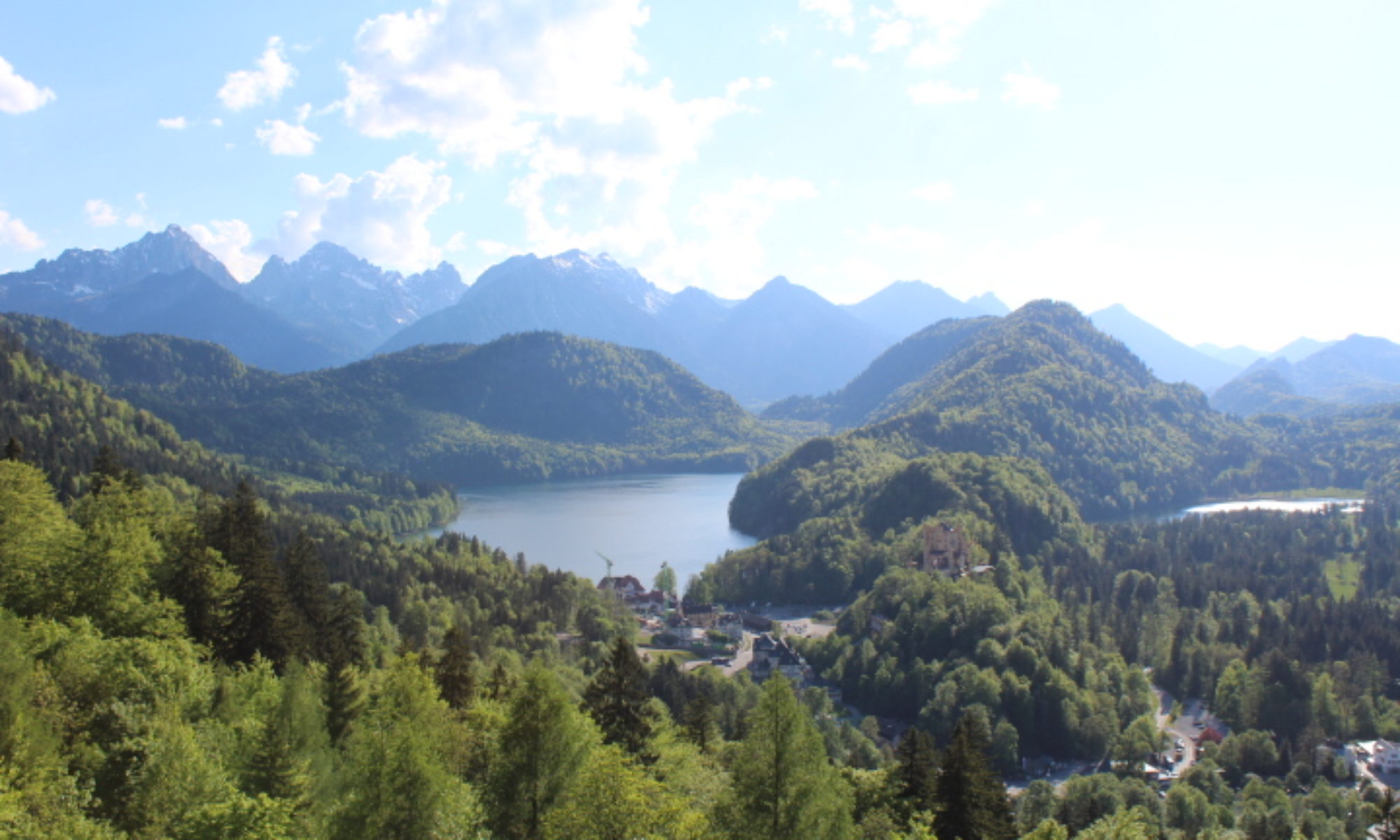If you’re thinking about doing The Camino de Santiago we recommend reading a few books about it, we loved “The Pilgrimage” by Paulo Coelho and “I’m off then” by Hape Kerkeling. Both are available in English/Spanish and are great for the adventure! Also watch the movie “The Way”.
Guide book: Use a guide book. You can purchase a guide book from your originating place. There are also pilgrim information offices along the camino that provide free guides. We used some of the free ones as we did not want to be too informed and just used it to know the distance, the name of the town where we would be stopping, and how difficult that days walk would be. There are some that are more in depth and will also inform you of the many monuments along the way. We ended up buying a mini guide from mundicamino which also included albergue information for each town on that stage.
Shoes/boots: Make sure you spend some time in choosing your hiking shoes. We recommend water resistant and not too heavy. Once you have decided please break them in!! Train with them for at least 2 months before your camino! This is very important as you will notice how your feet react to them even before you start your camino and you can still do something about it while at home!

Socks: Socks are as important as your shoes. Choose wisely, try them out. Some people like to use two pairs for friction, we did not have to. Take different sizes too, you might need them (ankle and mid calf socks).
Keep an eye on your feet from day 1. Check for blisters and anything that you might have felt throughout your walk. If you have blisters make sure to take care of them right away. The heeling will be faster and you’ll be ready the next day. There are many ways of taking care of blisters, choose the method that is best for you. We used needle and thread to squeeze the liquid out and let the blister heal without removing any of the skin.
Bring a warm sweater even if during the summer, there are usually cold nights and mornings.
Bring a very light sleeping bag, it is nice to lay in it and will also work if it is a bit chilly in your albergue.
Bring lots of sunblock during the summer months.
Use walking poles.
Don’t bring too many electronics, your cellphone or small camera will do just fine for pictures.
First aid kit: just a small one, don’t need to have too much. Make sure to bring with you all your medicine and anything you can’t live without! There are pharmacies and clinics all along the way.
Backpack: Pack light! Be ready to hand wash and air dry your clothes. Merino wool works great. You won’t use half the things you think you’ll need and you can find everything along the way also. Your backpack should be 10% of your total body weight. This prevents your knees and back from suffering. You are able to pay to have your backpack sent to the next town ahead of you if you need to at any time. Unless your backpack is very heavy you should not have to do this. The weight disappears as you walk.

Pilgrim passport (Credencial del Peregrino), remember to get your stamps along the way, 2 stamps a day is a good rule. You should always get a stamp at the albergue or hotel you sleep at every night so if they do not stamp it for you, just ask them and they will. Stamps can be found throughout the camino at rest areas, churches, cathedrals, and important monuments.
Remember to go and pick up your Compostela when you reach Santiago.

Have breakfast, if it’s too early before you leave walk to the next town.
Do it your own way, go at your own pace, remember it is not a race and take breaks as you need them. Listen to your body!
Talk to other pilgrims, it is very nice to hear other stories and to learn from others. They are always willing to help and share their issues if they had any during el camino, this will help you to know what is out there.
Buen Camino!!










